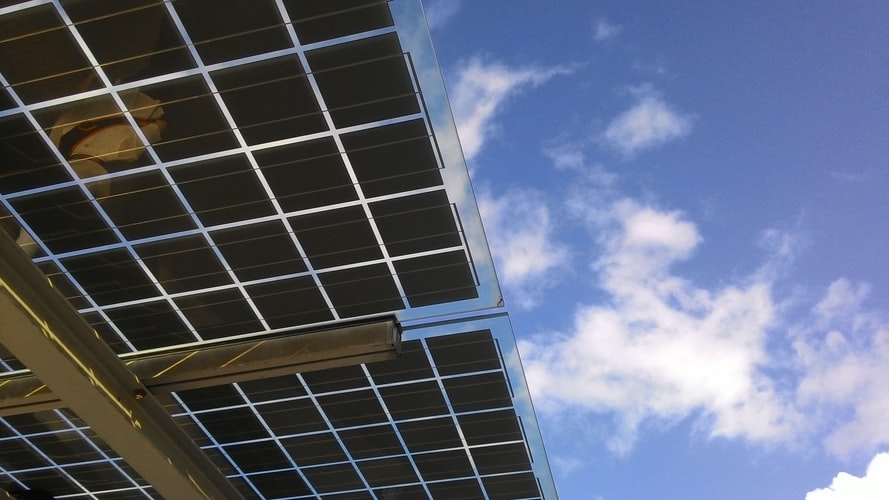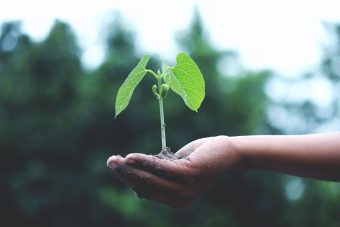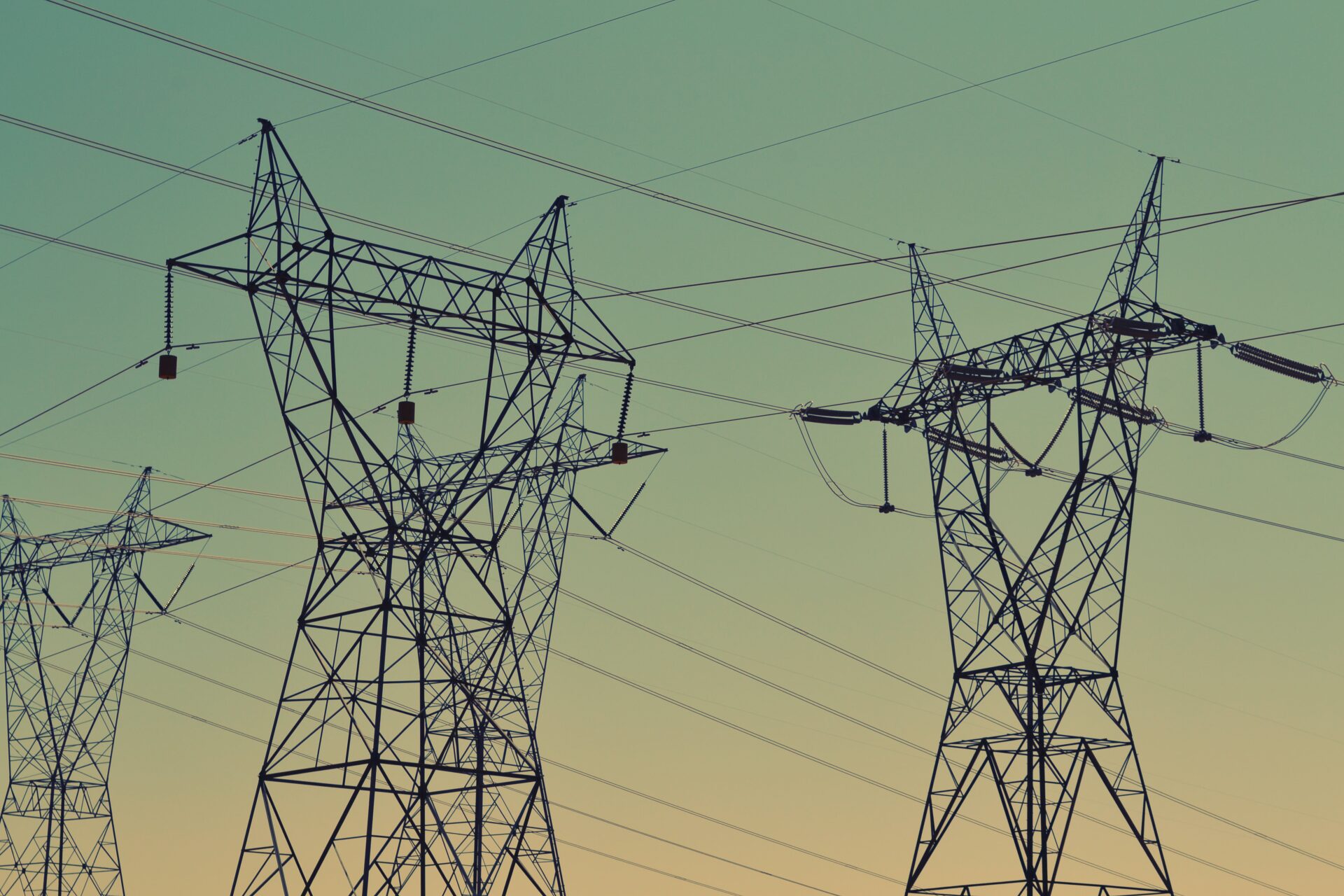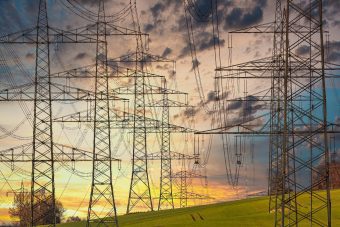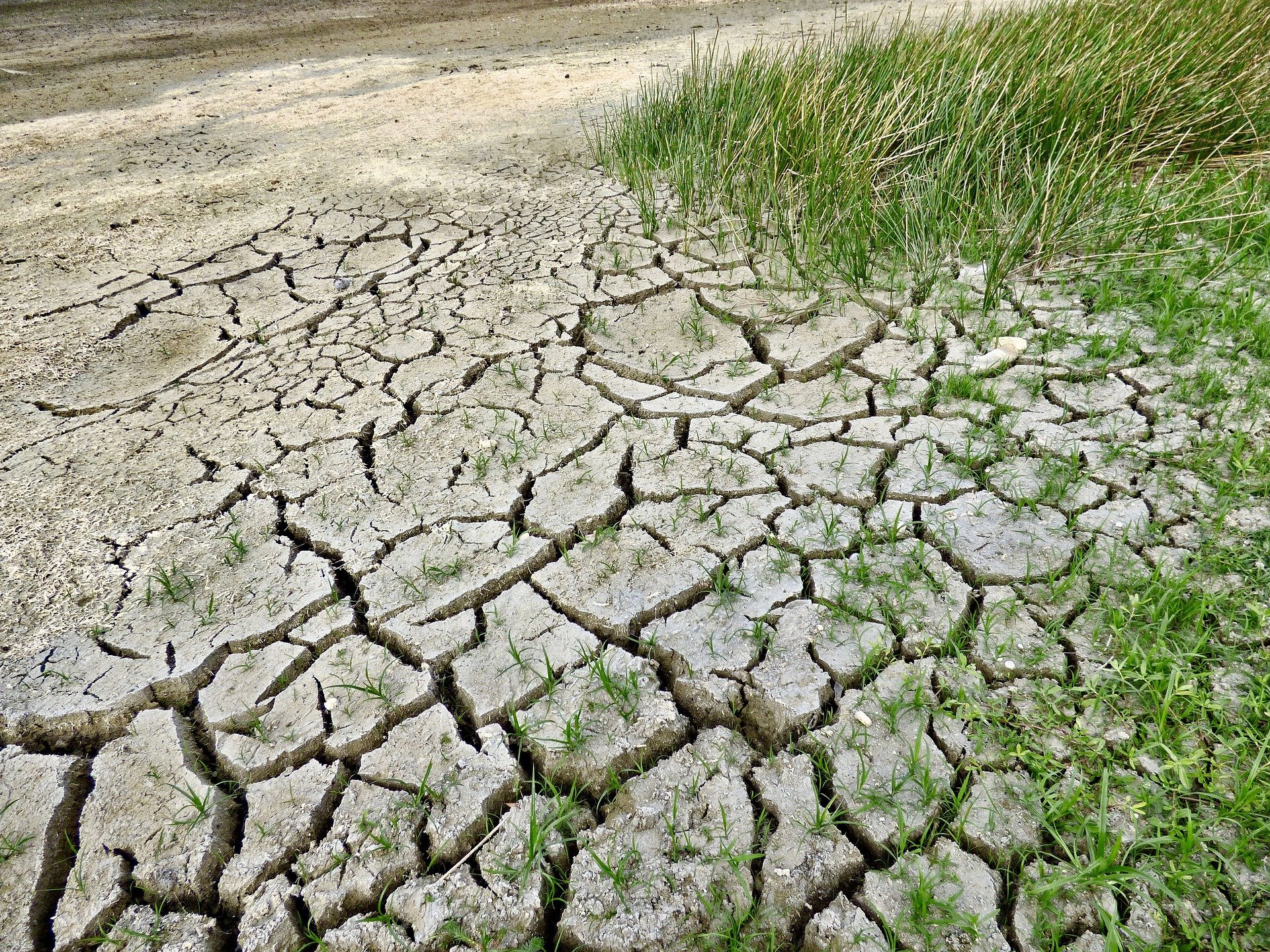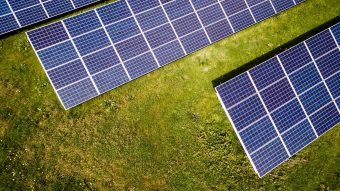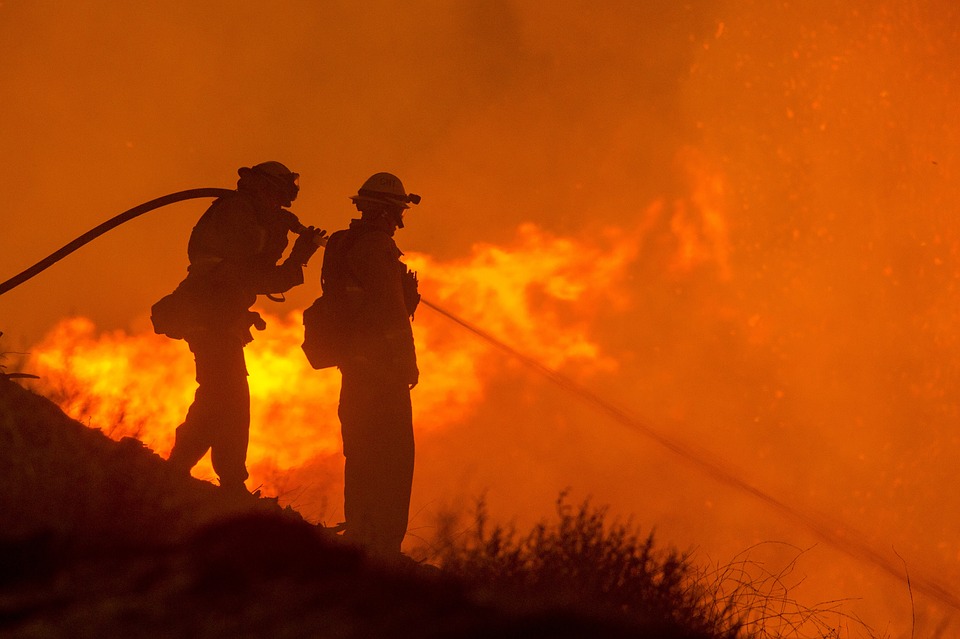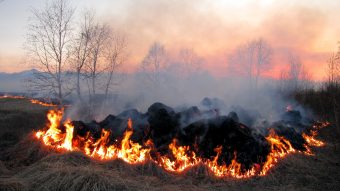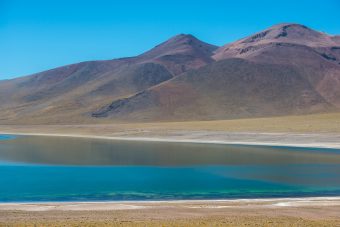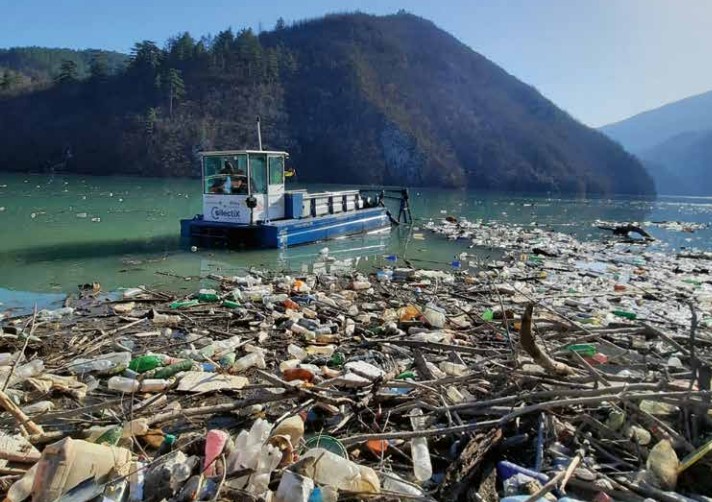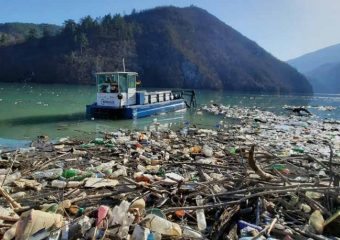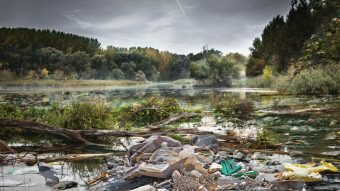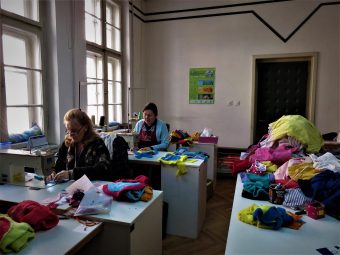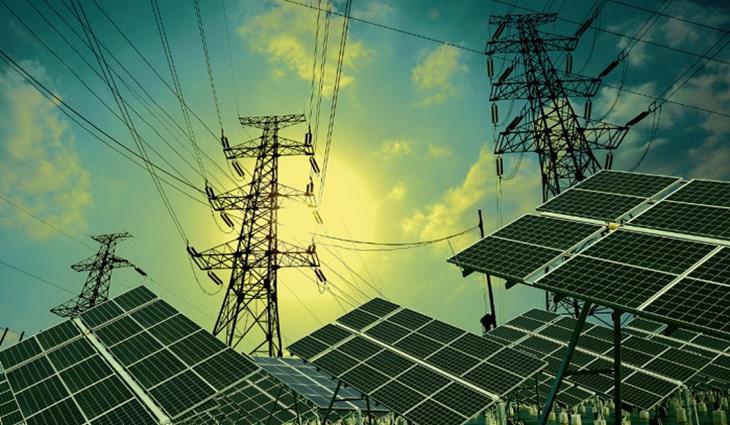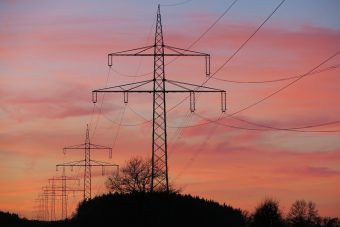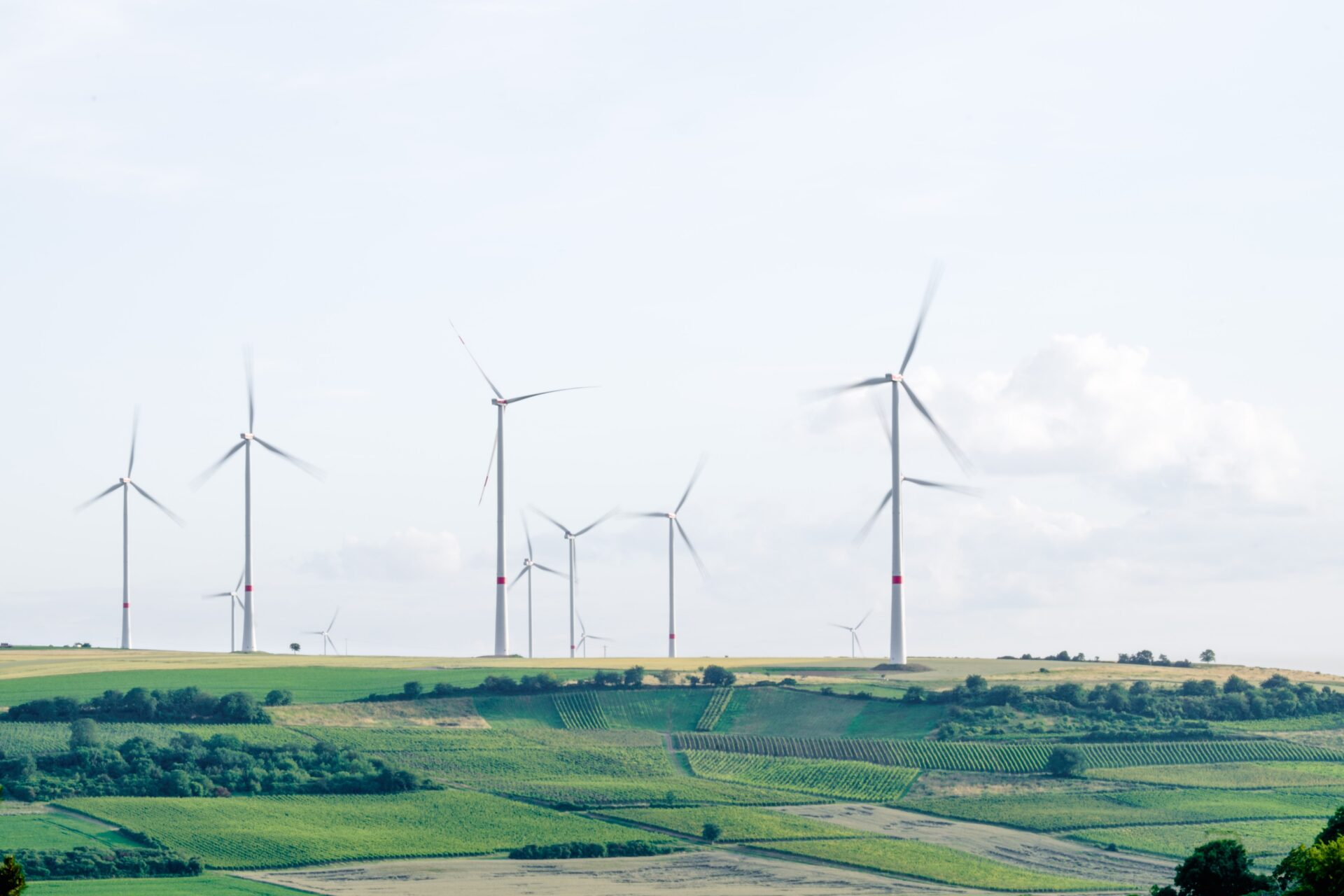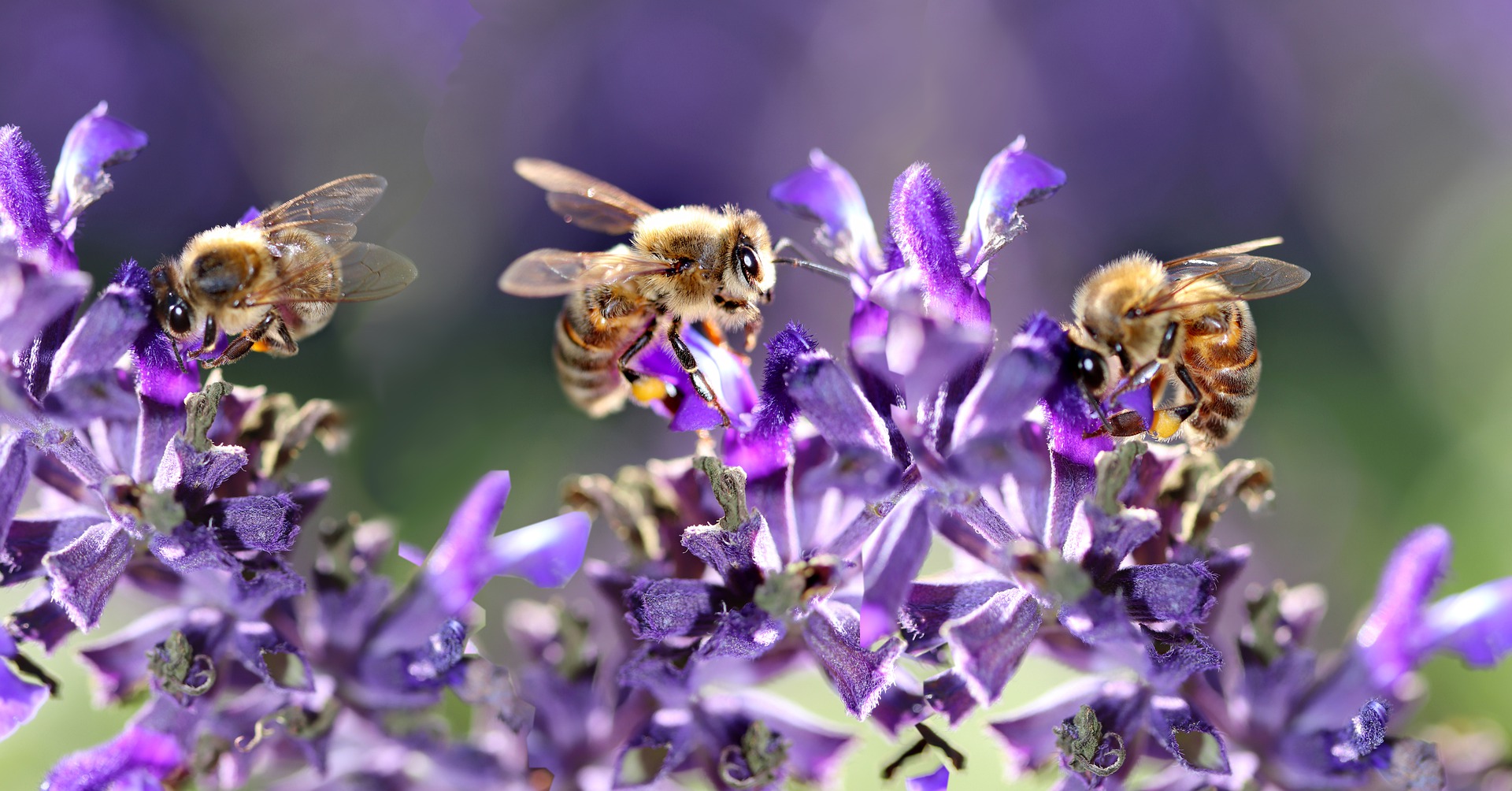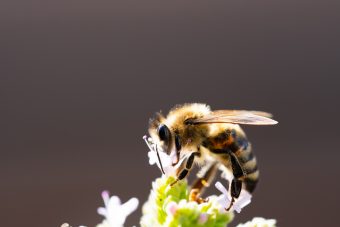
Outdated perceptions of the costs of clean energy remain a major barrier to the energy transition. Despite the dramatic fall in prices across these technologies, the dialogue surrounding ‘cheap’ fossil fuels and ‘expensive’ renewable energy endures, and must be changed.
Over 2021, the cost of gas increased by a factor of ten to reach a record high, whilst the cost of landed thermal coal in Europe rose by a factor of three – to which the increasing costs of CO2 in the European Trading Scheme (ETS) can be added.
These eye-watering price increases have been passed on to electricity markets in Europe, hurting homes and businesses as the costs for heat and power rise – in some cases by as much as 40 per cent – triggering government intervention in several countries.
The current high gas and coal prices in the EU have not been caused by renewables. Rather, they are the result of tighter natural gas supplies to Europe, under-utilised gas storage, soaring global liquefied natural gas (LNG) prices as the EU is outbid in its efforts to secure LNG supplies, and a variety of other policy inadequacies.
More:
We are not powerless in facing this vicious gas price cycle – although there is no short-term remedy to lower prices, short of another extended period of warm weather – we can avoid a repeat of this situation in the future, as renewables and energy efficiency offer effective solutions to reducing our exposure to gas prices.
The lessons from the gas crisis in Europe are clear: we need to rapidly increase renewable energy production; promote true accounting and awareness of the costs of fossil fuel price volatility and the environmental impacts of its use; reduce gas demand through the electrification of heating and building renovations; and design robust policies to support the use of green gas.
Read the whole article HERE.
Source: IRENA

